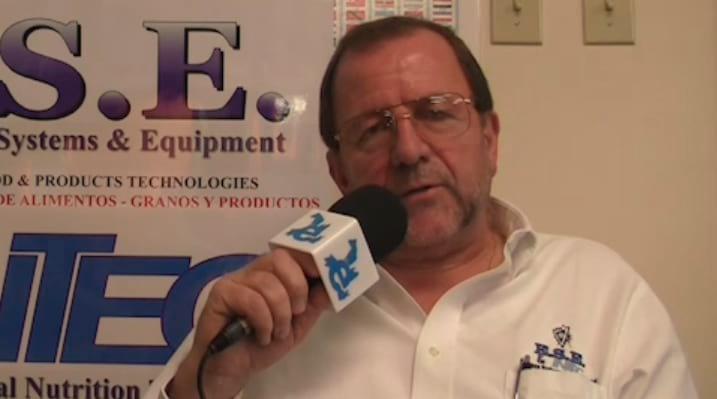Explore all the information on
Feed mills
Welcome to the page about Feed mills of Engormix; a source of knowledge on Feed mills.
Almost every miller in the world has considered introducing some degree of automation to the cleaning houses, mills and packing plants at some stage and many have been very successful. Sadly though, I also hear stories of things that went wrong, mainly because the automation projects were inappropriate for the mill in question. Not every mill lends itself to full automation. It is fruitless, for example, to attempt to fully automate an old, outdated mill, built before...
Comments : 1
Recommendations: 0
The principle trend in recent years - a major step - has been the slow but sure move towards debranning and peeling in western hemisphere mills. This subject has been covered at some length in other articles and will continue to be debated by...
Comments : 0
Recommendations: 0
It is well recognized that feed represents the most significant cost of animal production. Even with sheep, which typically consume more forage (as a percentage of their diet) than do other domestic species, feed may represent 55% or more of total production costs. For poultry at least 70% of the production costs estimates are feed costs. In today’s industry, few producers or nutritionists would consider feeding animals without giving detail attention to energy and amino acid...
Comments : 2
Recommendations: 0
We conducted three experiments to determine effect of particle size, mill type, and added fat on flow characteristics of ground corn. In Experiment 1, corn was ground with either a hammer mill or a roller mill to produce six samples with different particle sizes. The particle size for the corn ground with a roller mill ranged from 1,235 to 502 microns with standard deviation ranging from 1.83 to 2.03. Particle size for corn ground with a hammer mill ranged from 980 to 390 microns with standard...
Comments : 0
Recommendations: 0

.jpg&w=3840&q=75)





